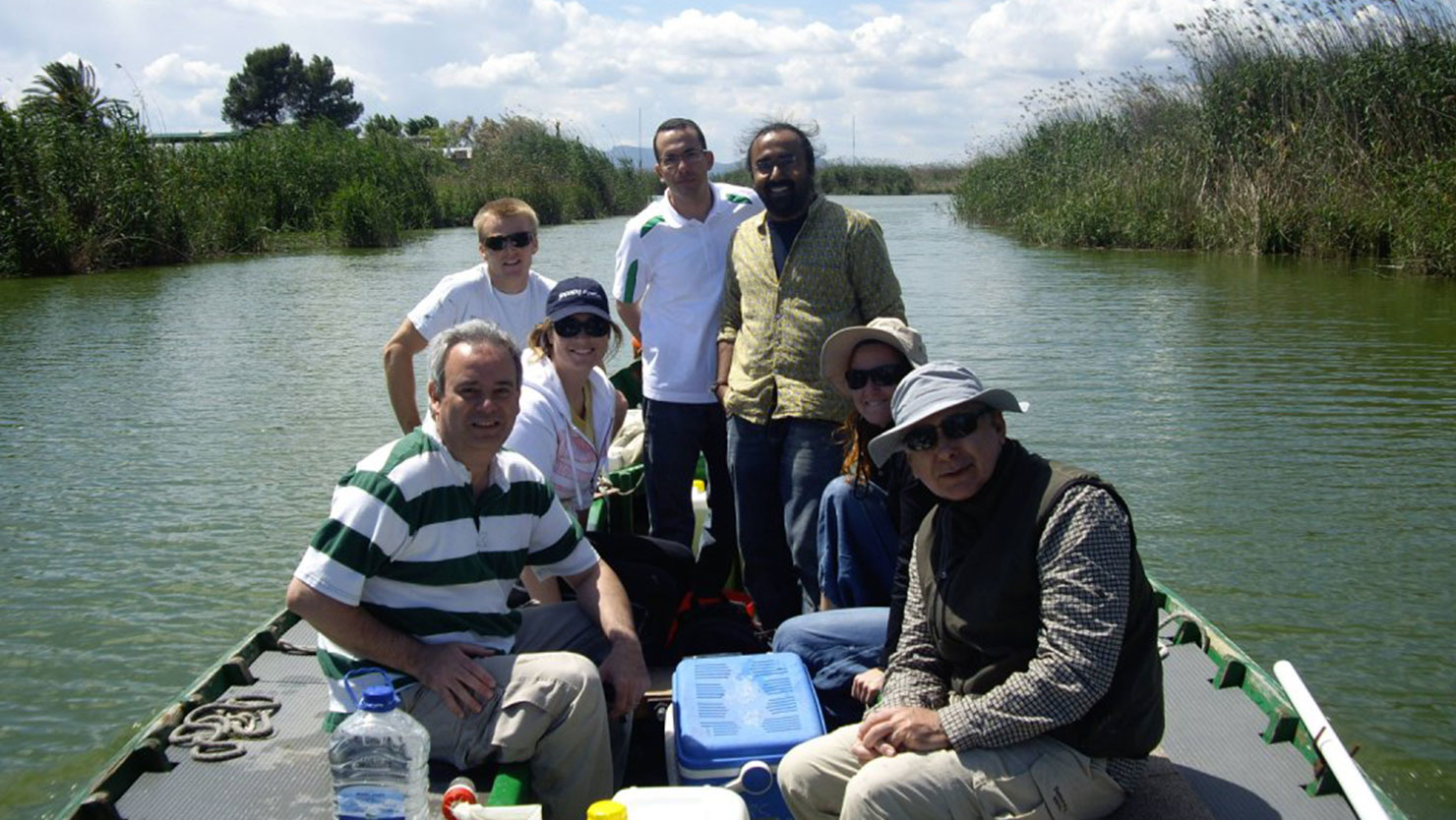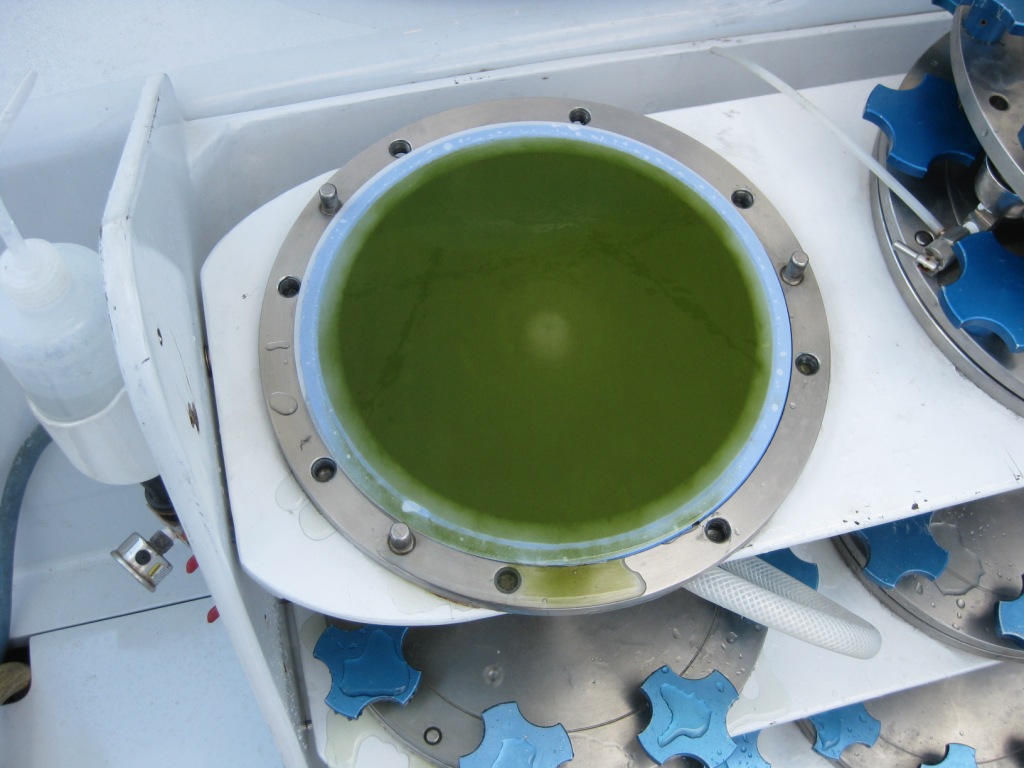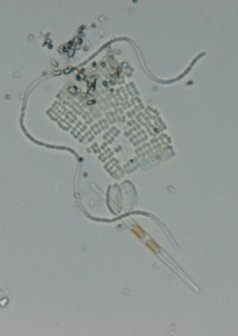The Green Lagoon — Sampling in Albufera de Valencia

During our sampling in Spain last year Chris and I met up with Francisco Rodriguez-Valera. Francisco had some great suggestions for sampling sites and one of them was Albufera de Valencia, a shallow hypertrophic fresh water lagoon, located just 30 minutes drive south of Valencia . When Francisco mentioned the abundance of cyanobacteria in the lagoon I was hooked. He put us in touch with Antonio Camacho at the University of Valencia , who has been involved in environmental monitoring in Albufera for years. Our logistics coordinator Sarah Dyste started working on getting us permits to sample in the nature reserve of Albufera and by the time we approached our sampling date all the paper work was sorted out.
My good friend and former colleague Bea Diez from ICM in Barcelona was equally excited about us sampling in Albufera, since she and her colleague Silva Acinas have been studying cyanobacterial strains from there and are anxious to their genomes sequenced.
Bea headed down to Valencia to help out with sampling and Antonio picked up me, Bea and crew member Jeremy Niles for the short drive to Albufera, where we met up with Fransisco and two of his lab members, bioinformaticians Aitor Gonzaga and Rohit Ghai.
Since Albufera is a protected area only certified boat men can take you into the lagoon in their boats. Due to its unusually rich diversity of bird species it is a popular location for school field trips and right as we were getting into our boat a big group of happy and waving school kids passed by us in their boat.
As you can see in the picture above the water around us was intensely green, all because of the high phytoplankton biomass in the lagoon.
After collecting water and taking measurements of pH, temperature, salinity and oxygen at the centre of the lagoon we returned back to Sorcerer II for filtering and preservation of the samples. I knew there would be no need to filter as much water as from the open ocean, where we normally collect 200-400 litres, but I was surprised that the 3.0 µm filter clogged after filtering only a few litres. After changing filters several times we had still only filtered about 25 litres.

Just like Antonio had promised there were plenty of cyanobacteria in the sample, mostly the small filamentous Pseudanabaena but also unicellular Merismopedia, which characteristically forms squared colonies. There were also some diatoms present, which according to Antonio is quite typical for the season. It sure will be interesting to see the sequencing results from what I am sure is one of the most cyanobacteria rich samples during the entire GOS expedition.
